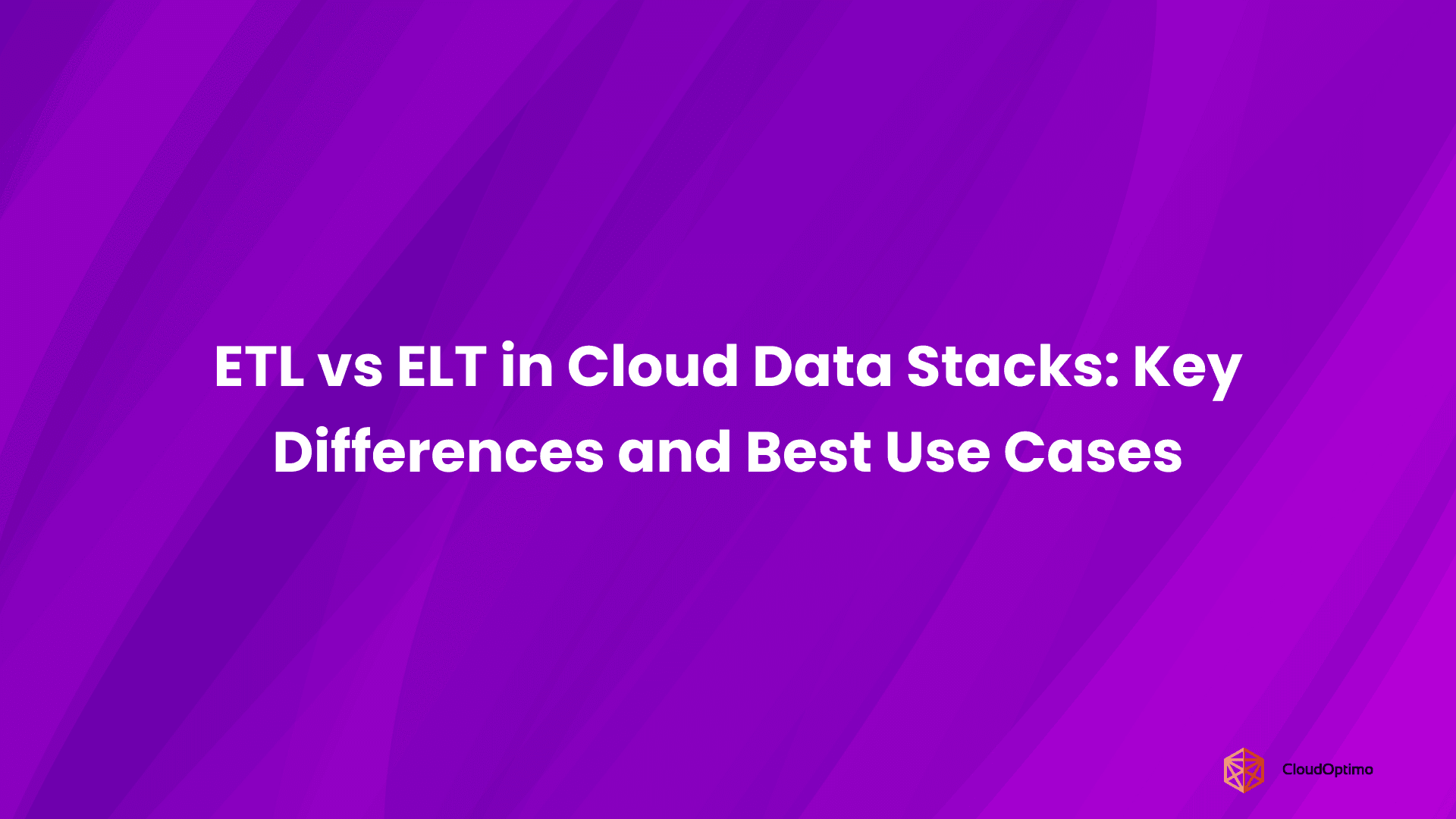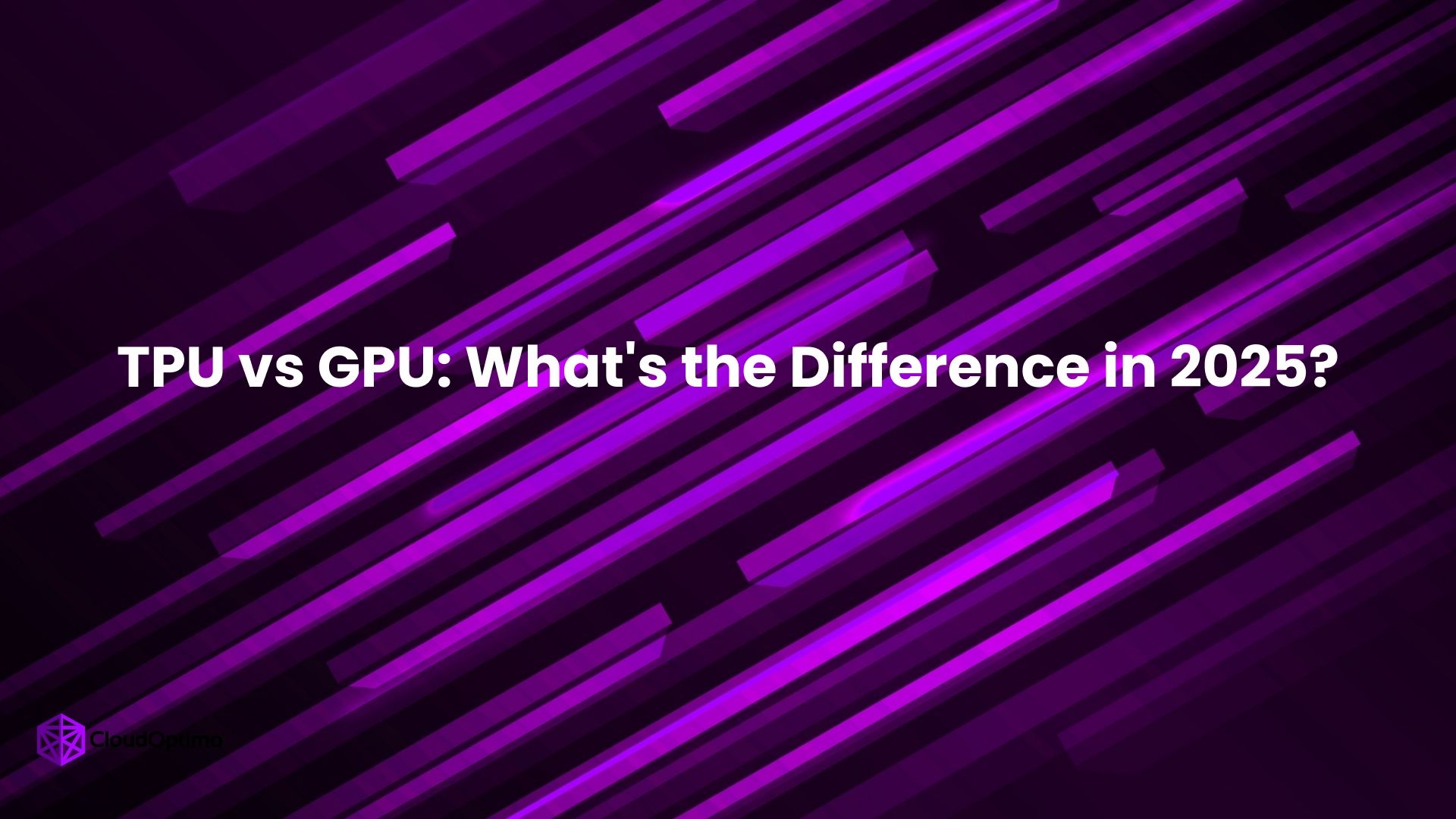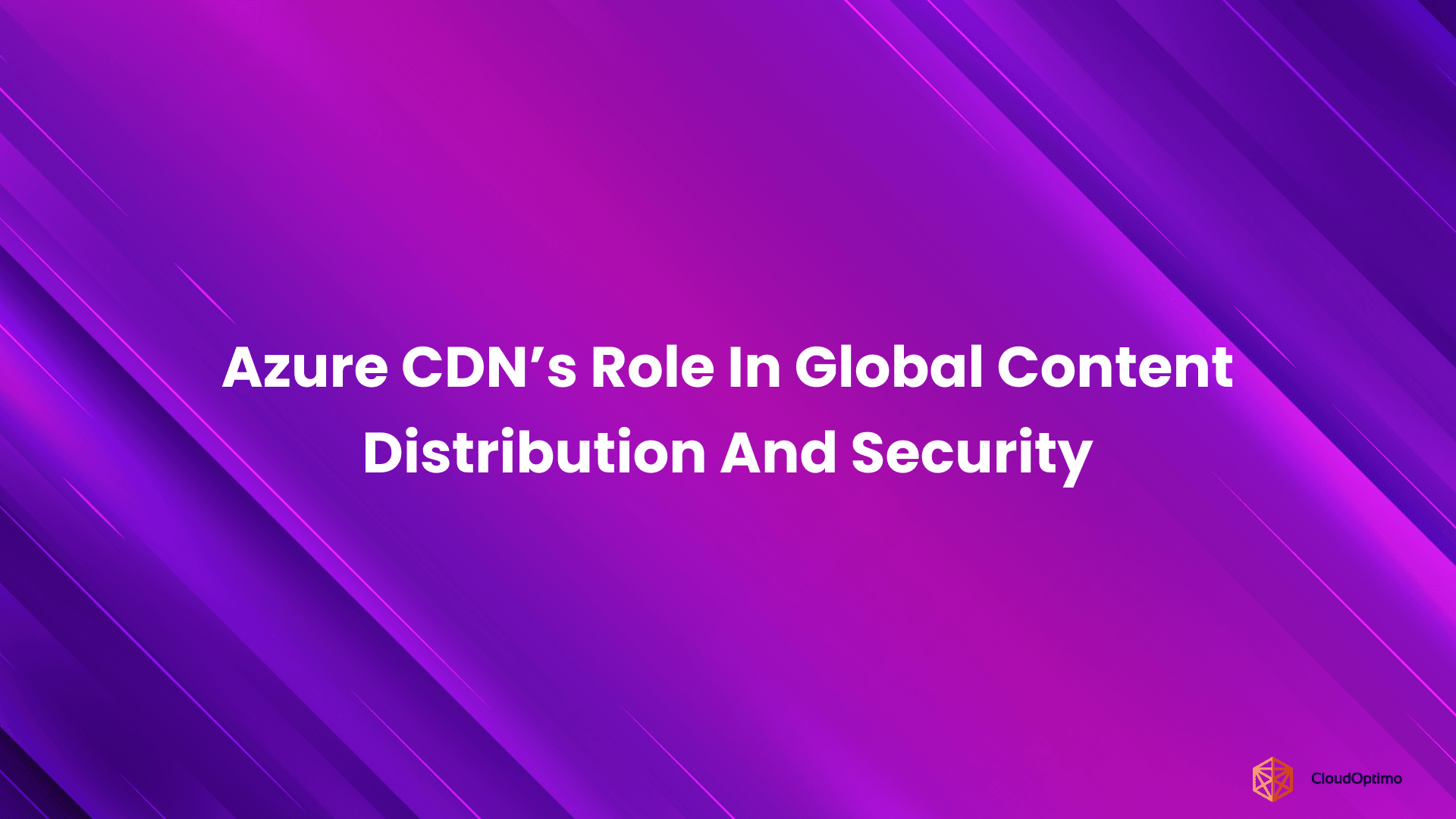Introduction
With the rapid growth in IT infrastructure and services, enterprises are steadily upgrading to cloud computing technology to save costs and increase the reliability of their applications. Amazon’s AWS, Microsoft's Azure, and Google’s GCP are top cloud service providers with significant market share. Enterprises consider several factors when choosing the right cloud provider. Enterprises must understand regions and availability Zones in the cloud when choosing the right cloud service provider that fulfills their long-term goals for deploying and running applications on the cloud.
What are Regions and Availability Zones in Cloud Computing?
Cloud Providers such as Amazon Web Services (AWS), Microsoft Azure, and Google Cloud Platform(GCP) provide their services by operating on a global scale of network consisting of data centers strategically placed in multiple geographical locations. These geographical locations are known as regions, whereas availability zones refer to separate individual data centers operating over a network within a Region. So, why is it necessary for cloud providers to implement their infrastructures in regions and availability zones?
Significance of Regions and Availability Zones in Cloud
Regions and availability zones are essential components of cloud Infrastructure companies. Regions refer to physical geographical locations or areas where isolated data centers operate over a network. It is also a part of the Disaster Recovery Strategy. It helps offer cloud services to customers from different parts or areas of the world based on user needs and demands to reduce latency. The user selects the region closest to its application to ensure faster deployment and access to its data while at the same time complying with local data regulations. Similarly, availability zones ensure fault tolerance by providing repetition and high availability. In simple terms, if the isolated data centers fail, it ensures that the user's data is accessible from a different isolated data center without any loss.
Therefore, when deploying applications, reduced latency, faster deployment, and compliance with local data regulations, the Importance of region and availability zone concepts is valued. Regions and availability Zones become essential for enterprises and users when setting up cloud architectures. It is wise to distribute across multiple regions and availability zones whenever possible to reduce security risks and manage workload simultaneously.
Comparison of AWS, Azure, and GCP with Region-centric Infrastructure Approach.
Now that we understand the significance of regions and the availability zones. Let us explore how Amazon’s AWS, Microsoft’s Azure, and Google’s GCP compare with each other regarding their infrastructure, the regions they have set up inside, and the number of data centers and availability zones they operate.
Although AWS, Azure, and GCP provide users with a wide range of regions and availability zones, there is some distinction between these three cloud providers and how they operate and implement their respective infrastructures.
When choosing an ideal cloud provider based on regions and availability zones, the level of Isolation and fault tolerance of overall deployment are the two factors a user needs to consider.
AWS
Amazon’s AWS stands out from the competition just by the sheer volume of its infrastructure and data centers in different regions worldwide. Within a region, multiple availability zones operate separately from one another. The advantage of having many availability zones that operate separately from one another is that if one fails, it doesn't affect the rest of the zones in that region, ensuring higher fault tolerance. As of Mar 2024, Amazon Web Services has 33 operating Regions with 105 availability zones, 600+ CloudFront PoPs, and 13 Regional Edge Caches.
CloudFront PoPs are geographically distributed data centers. It acts as a bridge between the end user and content origin.
Regional Edge caches(RECs) are a part of CloudFront, both an integral part of the Content Delivery Network(CDN). It stores files and application data that are never accessed regularly. It is used for reducing latency and for faster content delivery.
Due to this wide range of distribution of its infrastructure, AWS enables enterprises and customers to distribute its resources closer to its target audience, reducing latency while complying with each location's sovereign data policy rules.
Azure
Microsoft Azure also utilizes and implements its infrastructure in a similar way to that of AWS infrastructures. However, one key difference between the two is that the isolation of Azure’s availability zones is not as that of AWS’s. Simply put, the availability zones in Microsoft’s Azure cloud infrastructure are physically separate in a region. So when one availability zone gets affected due to failure, it won't lead to failure of other availability zones. However, if an entire region experiences failure, all availability zones present in the region stand to fail. Regions in AWS are isolated from one another and located in separate geographical locations. Hence, the failure of a particular region won't necessarily affect all its availability zones.
Microsoft Azure Currently has over 60+ Regions consisting of 300+ availability zones and 190+ Network POPs worldwide.
Google GCP
After Amazon’s AWS and Microsoft’s Azure, Google Cloud Platform is comparatively new in the cloud business segment. Although new, it is still one of the market leaders and boasts an infrastructure designed to be reliable and fault-tolerant. Google Cloud Platform (GCP) is available across multiple locations, divided into separate geographic regions and availability zones. The terminology for availability zones in GCP is termed simply zones. The cloud infrastructure of GCP is designed and is almost similar to AWS as the regions are isolated from one another; if any one region succumbs to failure, it won't affect the rest of the cloud infrastructure located in a separate region. Similarly, a group of individual data centers isolated from one another in a given region forms a zone. Google’s GCP has its cloud infrastructure set up in 40 different Regions, with 121 zones and 187 network edge locations.
| Features | AWS | Azure | GCP |
|---|---|---|---|
| Regions | 33 | 60+ | 40 |
| Availability Zone (AZ) | 105 | Multiple AZ per region(at-least 3 per region) | 121 |
| AZ Distribution | Physically isolated and fault-tolerant data centers within a region. | Isolated data centers within a region. Similar to AWS | Geographically distributed within a region, but isolation may vary. |
| Points of Presence (PoPs) | 218+ Edge Locations | 140+ Points of Presence | 173 Network Edge Locations |
General Guidelines on Selecting Regions and Availability Zones based on Workload Requirements
Google’s GCP availability zones are consistent in number for each region. Azure has the most regions and covers a wide area. Although the availability zone per region is not consistent, having at most three per region. Amazon has been one of the earliest players in the cloud business and has taken its time to build robust cloud infrastructures. AWS regions are larger than GCP and Azure. It allows AWS to provide more services and features to its users when compared with Azure and GCP.
Now that we have seen how developed the cloud infrastructures of the three top cloud service providers are. There are a few things to keep in mind while looking for the perfect cloud service provider tailored to your needs based on your application and workload demand :
- Latency :
In the cloud, latency can make or break the edge required to run your application smoothly. Usually, the time taken to receive data from the server of a cloud service provider to the user is known as latency. Think of this concept elevator that carries a person to different floors in the building. Reaching the first floor from the ground is faster. The closer the user and its application are to the region or availability zone of the cloud Infrastructure, the lower the latency. Hence, the deployment and running of applications is fast and smooth.
- Compliance :
Compliance is necessary for Cloud Service providers when it comes to delivering their services to consumers. Consumers need assurance that their data in cloud infrastructure is safe, secure, and adheres to the required standards of the Industry, if not the best. Cloud providers offer compliance certificates to ensure that their services meet consumer needs for privacy and security.
Compliance Certificate | AWS | Azure | GCP |
|---|---|---|---|
ISO 27001 | Yes | Yes | Yes |
PCI DSS | Level 1 | Level 2 | Level 1, PFI (Point-to-Point Encryption) |
FedRAMP | Moderate, High | Moderate, High, DoD IL4 Provisional ATO | Moderate, High |
SOC 1 | Type 1,2 | Type 1,2 | Type 1,2 |
SOC 2 | Type 1,2 | Type 1,2 | Type 1,2 |
HITRUST CSF | Yes | Yes | Yes |
NIST 800-171 | Yes | Yes | Yes (with restrictions) |
- Disaster Recovery Cost :
As the name implies, it is the cost of building and implementing a robust recovery plan for downtime and service disruption. The downtime and service disruption can occur due to external factors like natural disasters such as earthquakes, flooding, etc, or internal factors involving threats posed by corrupt software, hardware failure, and online attacks on the system. Cloud providers offer a range of services to help mitigate these risks, such as backup, replication services across data centers, failover mechanisms, and many more added services. Disaster Recovery Costs based on Regions and Availability zones may vary AWS, Azure, and GCP based on many components, such as Data center costs, network connectivity, and resource availability. Users should consider factors like Recovery Time Objectives(RTO) and Recovery Point Objectives (RPO) before choosing cloud providers. In cloud RTO’s focus is all on how quickly cloud infrastructure services can be rendered to the end users following a disruption led by downtime of servers caused by external or internal system failures. Whereas RPO focuses on how quickly it can help recover lost data in transit or stationary during server downtime.
Feature | AWS | Azure | GCP |
|---|---|---|---|
DR Service | Amazon Disaster Recovery (DRS), Amazon S3 Replication | Azure Site Recovery (ASR), Azure Backup | Cloud Spanner Replication, Cloud Storage Replication |
Recovery Time Objective (RTO) | Seconds to minutes for DRS, hours for S3 Replication | Vary depending on configuration, typically minutes to hours. | Can be achieved in minutes with Spanner replication. |
Recovery Point Objective (RPO) | Up-to-second for DRS depends on replication frequency for S3 Replication | RPO varies according to configuration and can be achieved in minutes. | With Spanner, it is possible to replicate very quickly. |
Cost | Pay-per-use (P2P) for Replicated Data Repositories and Use of DR Service | Pay-per-use (P2P) for Replaced Data Storage (ASR). Additional fees for ASR. | Pay as you go for Replicated Data Repositories and Outbound Network Traffic during failover. |
Integration with native services | Tight integration with other AWS services. | Designed to work well with other Azure services. | Integrates seamlessly with other GCP services. |
Multi-Cloud DR | With services such as CloudEndure, you can use the DR service in any cloud. | Support for multi-cloudDR is limited. | Limited support for multi-cloud DR. |
- Cost :
Enterprises and users must consider the cost of availing cloud provider services based on regions and availability zones to save their operational costs. How does cost work differently for different regions, even when you partner with a single cloud service provider? Cloud providers like AWS, Azure, and GCP build and plan their cloud infrastructures in actual geographical regions. When building their cloud infrastructures in actual geographical regions many factors come into play. Some of them are listed below.
1. Local Laws and Regulations
Tax rules for each specific region serviced by cloud providers vary from country to country, making some regions more affordable than others.
2. Land and Labor Costs
When setting up physical data centers to run their cloud services, cloud providers need to consider various options and the costs associated with land investment. Similarly, the labor cost comes into play in keeping the data centers functioning smoothly.
3. Energy
Energy prices influence the cost of a particular region as well. Multiple factors like whether or not the electricity source used in cooling data centers is green. Hardware used in data centers, newer hardware is more energy efficient than older generation hardware. Source of energy etc.
4. Data Transfer
There is a cost associated with the transfer of data from a particular region to another, this cost is known as the data egress fee. Data egress fees vary from region to region and can influence the overall cost.
Real-World Application Example: Regions and Availability Zones in Action
A popular video streaming service platform needs to stream high-quality video to millions of users with no buffering and outages. The streaming platform plans to set up its cloud infrastructure. It takes advantage of regions and availability zones served to it by its cloud provider. The region allows the said streaming platform to deploy its cloud infrastructure across multiple regions and major cities where it has a larger user base. Thus, ensuring reduced latency to deliver unrestricted streaming services and smooth playback. The importance of availability Zone allows the streaming platform to ensure fault tolerance. If one data center or server encounters an issue with its service delivery, viewers can simultaneously switch to another server to avail of uninterrupted streaming services.
Regions and Availability zones play a vital role in cloud services. It becomes evident for users to save costs on application deployment when planning to seek cloud providers. Amazon Web Services, Microsoft Azure, and Google Cloud Platform are three major cloud providers in terms of market share. Each has a different approach to regions and availability zones. Before opting for any cloud service provider users should understand how regions and availability zones play out in costs, delivery of the cloud services, and security.
Make informed decisions and optimize your cloud spending with CostCalculator! This powerful tool analyzes your current EC2 configuration, recommends the most cost-effective region for deployment, and suggests potential optimizations for your EC2 instances. Analyze your configuration, see potential savings, and deploy with confidence! Join the hundreds of businesses that have benefited from CostCalculator.





